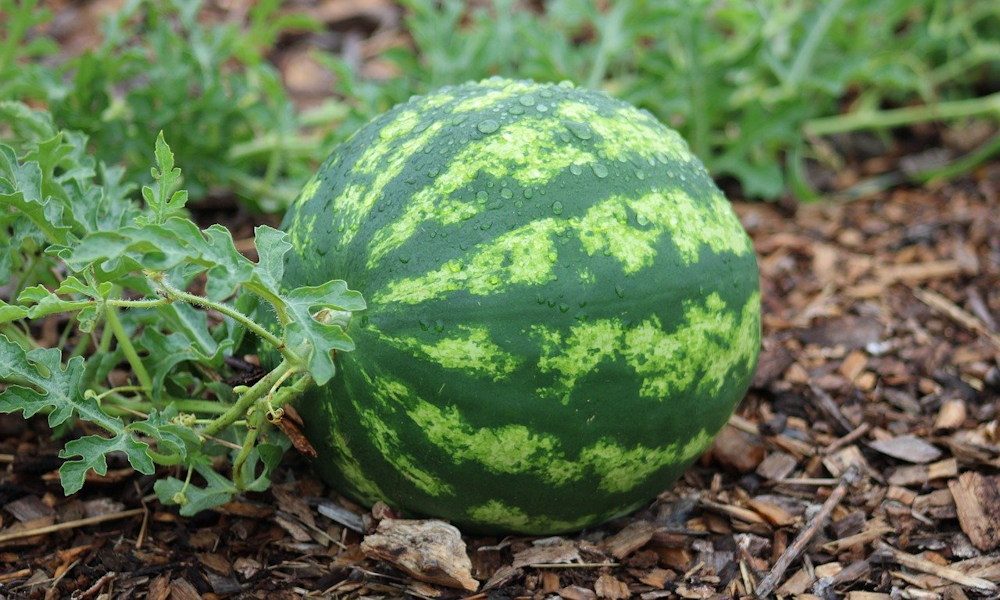August is a pivotal month for gardeners, as it bridges the heat of summer and the onset of cooler fall weather. For those managing an average garden with vegetable and herb beds, flower patches, fruit trees, ornamental and fruit-bearing shrubs, and a lawn, the to-do list can be extensive. Recent weather anomalies and the broader impacts of climate change necessitate adaptive and sustainable approaches. Here’s a comprehensive guide to the most important tasks for gardeners in August, infused with tips for maintaining a resilient and eco-friendly garden.
1. Water Management: Efficient and Sustainable
Adjusting Irrigation Systems
- With erratic rainfall patterns becoming more common, it’s essential to assess and adjust your irrigation system. Ensure it delivers water efficiently to the roots, reducing wastage.
- Drip irrigation and soaker hoses are excellent sustainable options, minimizing evaporation and directing water precisely where it’s needed.
Mulching
- Mulch vegetable beds, flower patches, and around shrubs and trees to retain moisture, suppress weeds, and improve soil health. Organic mulches such as straw, grass clippings, and wood chips are environmentally friendly choices.
Rainwater Harvesting
- Install rain barrels to collect and store rainwater. This not only conserves water but also provides plants with nutrient-rich water free from chemicals often found in tap water.
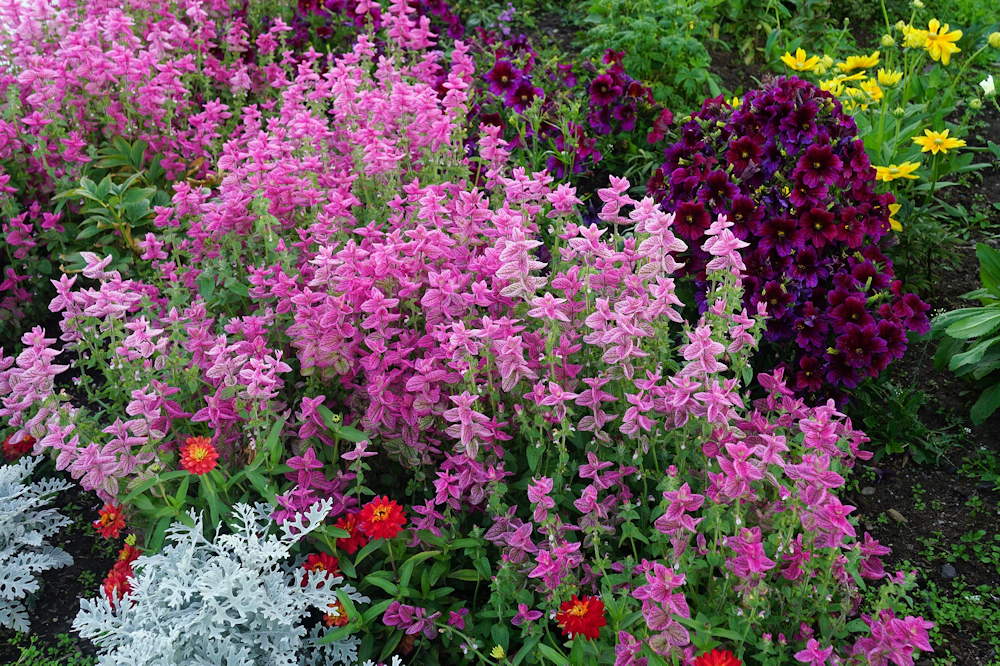
2. Soil Health: Building Resilience
Composting
- Continue adding kitchen scraps and garden waste to your compost pile. Well-maintained compost improves soil structure, fertility, and water retention, all crucial under changing climate conditions.
Soil Testing and Amendment
- Test your soil to understand its pH and nutrient levels. August is a good time to add organic amendments like compost or well-rotted manure to prepare beds for fall planting.
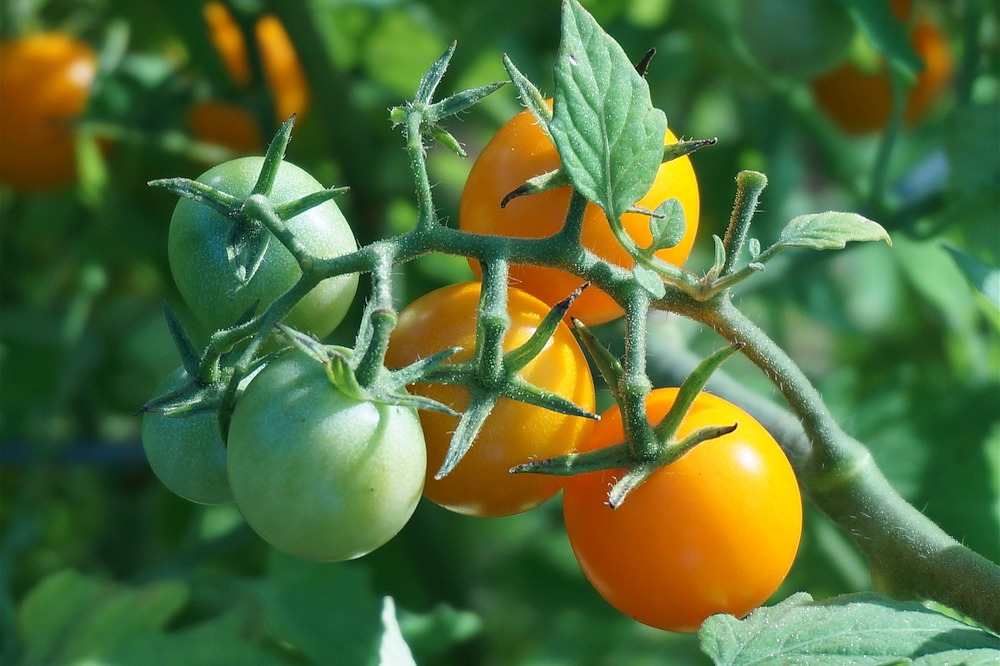
3. Plant Care: Pruning, Harvesting, and Planting
Pruning and Deadheading
- Prune ornamental shrubs and fruit trees to promote healthy growth and increase air circulation, reducing disease risks.
- Deadhead flowers to encourage continuous blooming and prevent plants from putting energy into seed production.
Harvesting
- Regularly harvest vegetables and herbs to ensure continuous production. Pick fruits as they ripen to avoid attracting pests.
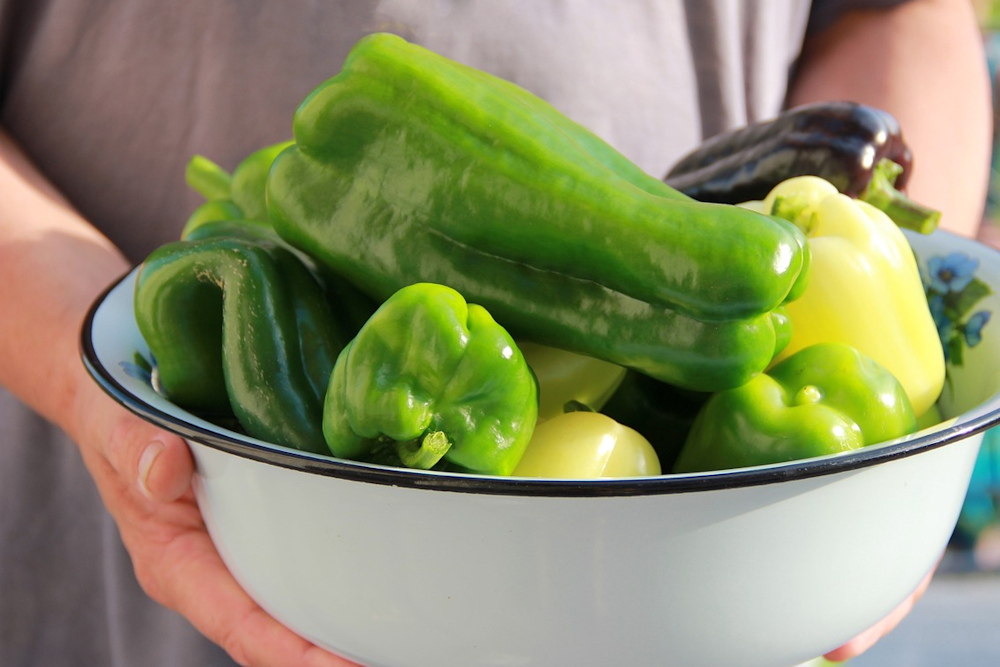
Succession Planting
- Plant late-season crops such as spinach, kale, and radishes in empty spaces of your vegetable garden. These fast-growing crops can provide fresh produce well into the fall.
Perennial Plant Division
- Divide crowded perennials to rejuvenate them and create new plants. This not only maintains plant health but also expands your garden without additional costs.
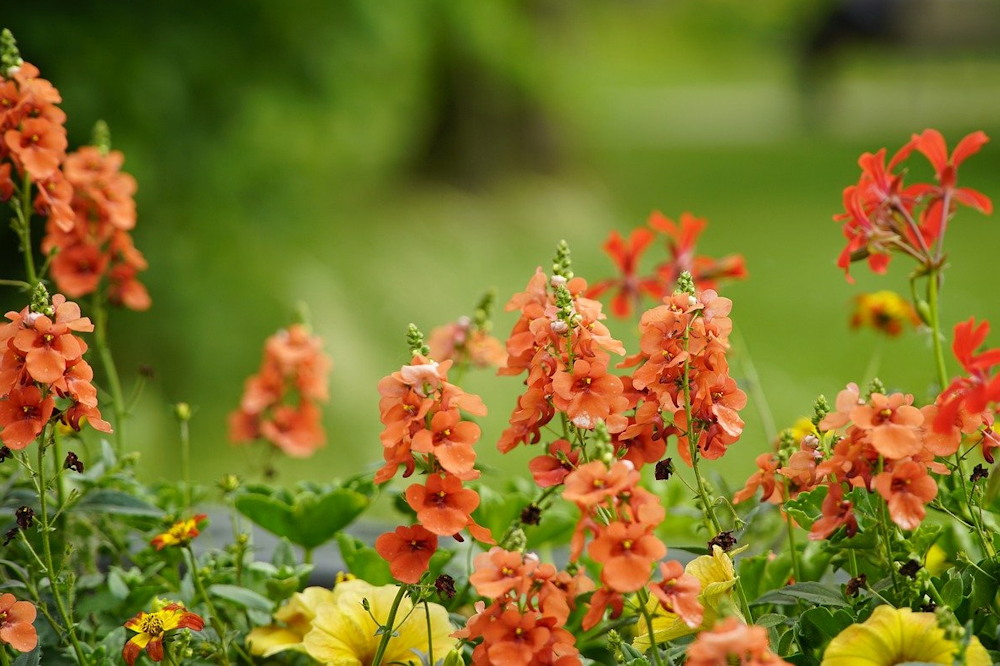
4. Pest and Disease Management: Eco-Friendly Approaches
Monitoring and Control
- Regularly inspect plants for signs of pests and diseases. Early detection is key to managing problems before they escalate.
- Use organic pest control methods such as neem oil, insecticidal soap, and beneficial insects like ladybugs to keep pest populations in check.
Promoting Biodiversity
- Plant a variety of species to attract beneficial insects and create a balanced ecosystem. Companion planting can also help deter pests naturally.
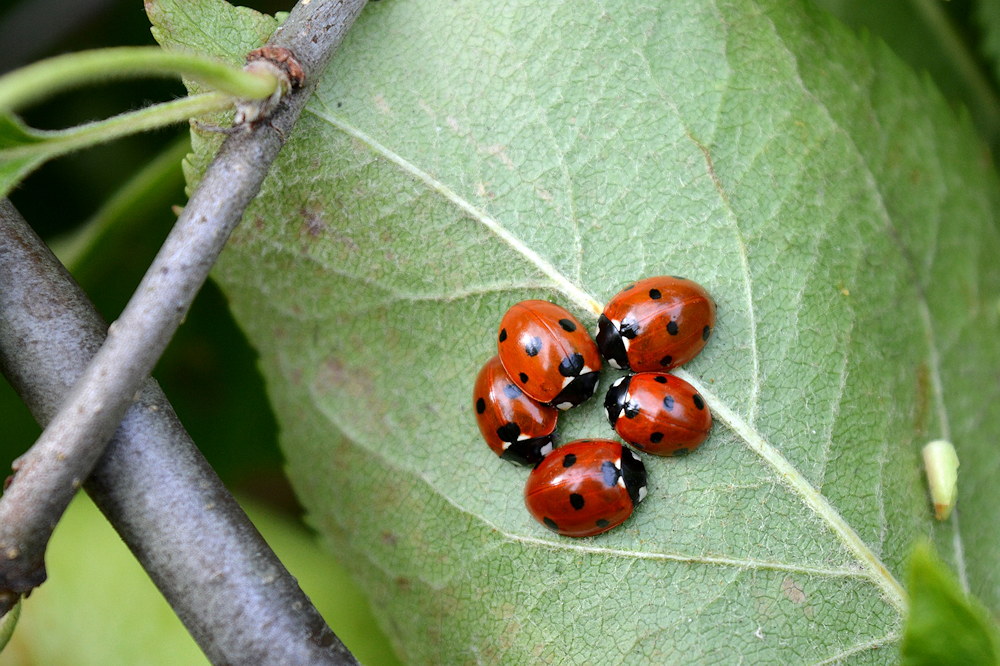
5. Lawn Care: Sustainable Practices
Mowing and Watering
- Adjust your mower to a higher setting to keep grass longer, which shades the soil and reduces evaporation.
- Water lawns deeply but less frequently to encourage deep root growth. Early morning watering reduces water loss due to evaporation.
Overseeding
- Prepare for fall by overseeding thin or bare patches with a mix of grasses suited to your climate. This helps maintain a healthy and dense lawn, reducing weed invasion.
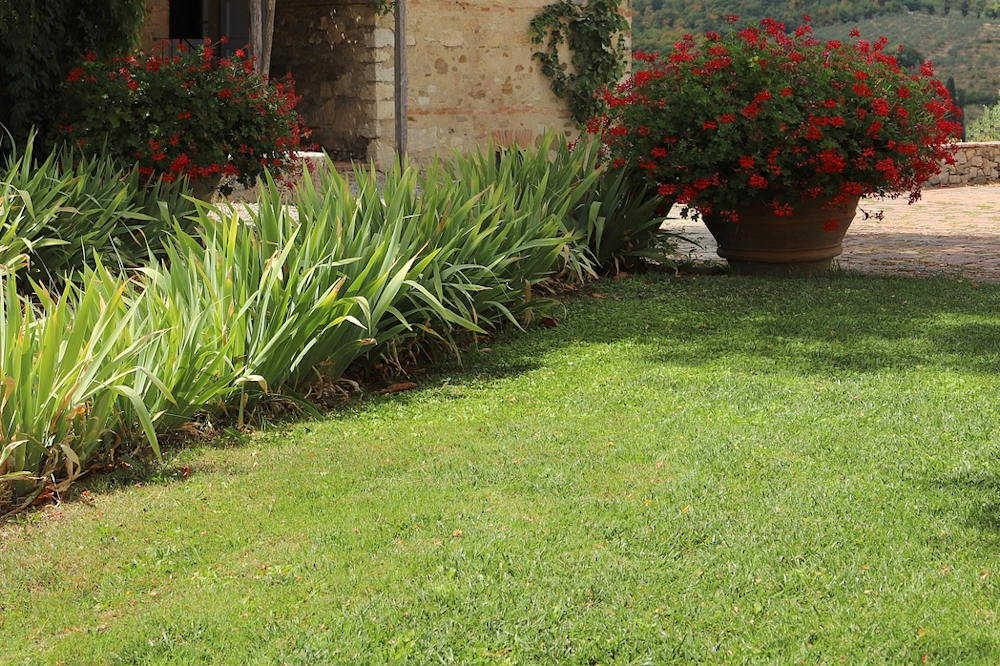
6. Preparing for Future Seasons
Planning and Reflection
- Take notes on what worked well and what didn’t this season. Planning ahead allows you to make informed decisions for next year’s garden.
- Consider adding shade structures or planting more drought-tolerant species to adapt to warmer and drier conditions.
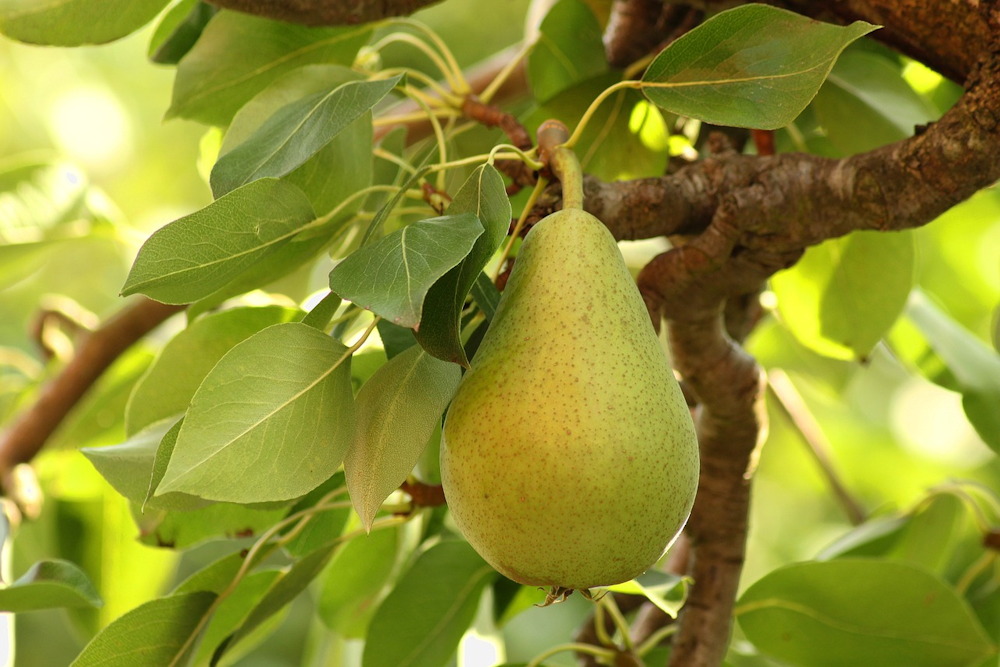
Saving Seeds
- Save seeds from your best-performing plants. This not only preserves plant varieties adapted to your local conditions but also reduces the need to purchase new seeds each year.
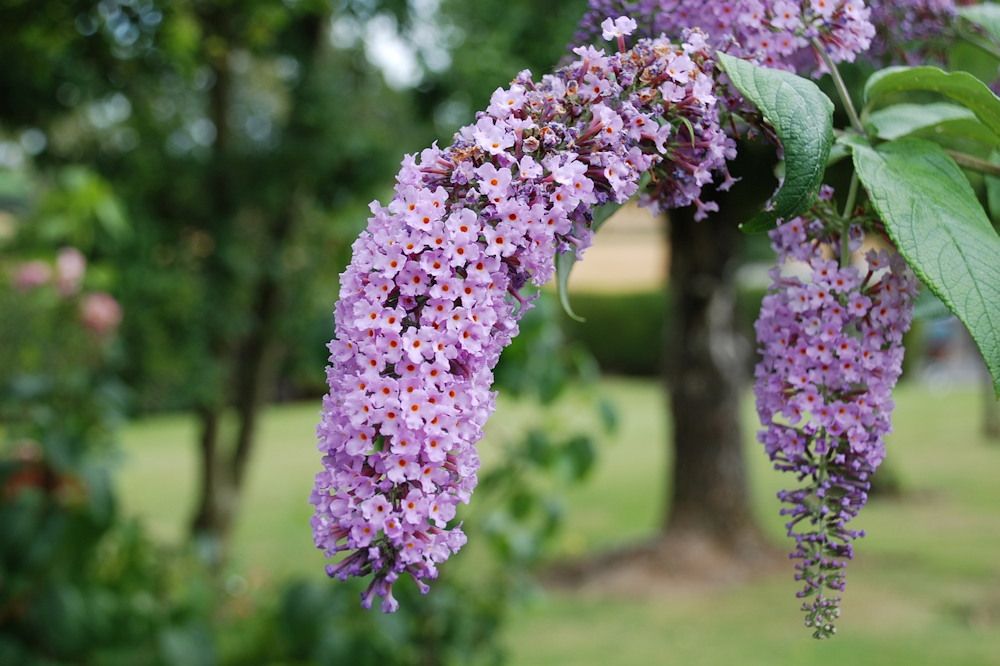
Embracing Sustainability Amidst Climate Change
Adopting sustainable gardening practices is not just beneficial for your garden; it’s essential for the environment. As weather patterns become increasingly unpredictable, resilient gardens can better withstand these changes. By focusing on efficient water use, soil health, eco-friendly pest management, and planning for future seasons, you can ensure your garden thrives year after year.
Gardening in August is both a challenge and an opportunity. Embrace these tasks with an eye towards sustainability, and you’ll be rewarded with a garden that’s not only beautiful and productive but also a model of ecological stewardship.



